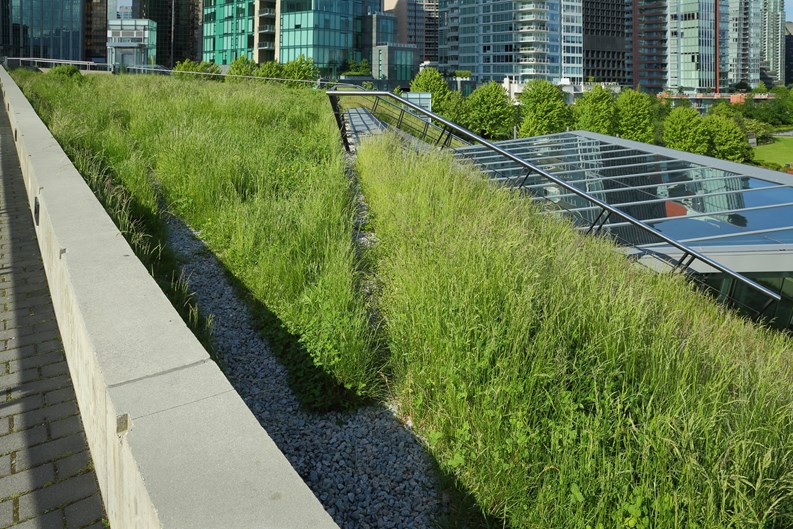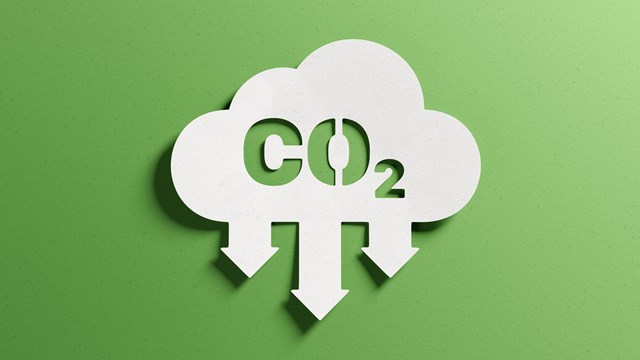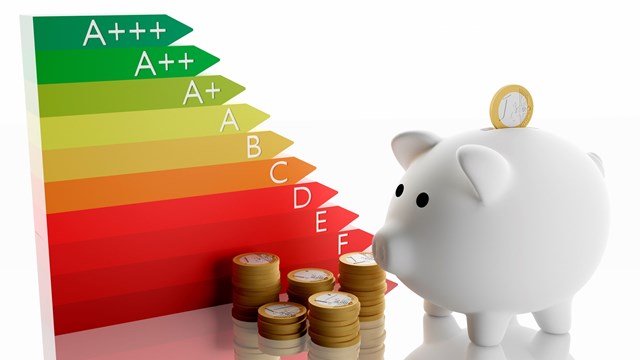As is often the case, New York City is at the forefront in promoting legislation aimed at capping building emissions and promoting green living as part of an environmentally conscious future. As part of this effort, a number of laws and ordinances have been created to cap CO2 emissions from buildings. Local Law 92 and Local law 94, for example, focus on roofs. They require that all new buildings - as well as existing buildings undergoing major renovation of their roofs - install solar panels, green roofs or a combination of the two. There are challenges and exciting opportunities in doing both.
Two Birds With One Stone
While some argue that the frequent enactment of local ordinances to create a social policy for the future of our city is burdensome, it can also be viewed as an opportunity to increase both value and amenity access. It may also be an opportunity to adopt a prudent cost-saving approach over time. That’s the idea behind combining the installation of both green roofs and energy-producing solar panels on rooftops.
“Green roofs are a great way to cool down your roof during the summer, retain some of the rainwater from going straight into the storm sewer system, and provide an ecological oasis in a dense urban environment such as New York City,” says Giulia Alimonti, an architect with DeSimone Consulting Engineers, a full-service national engineering firm headquartered in New York City with offices around the United States. She is also a member of National Women in Roofing (NWiR) and Chair of its NYC Council. “Green roof elements can be combined with decking to create areas where building residents can rest and enjoy the roof. Green roofs can be ‘intensive’ and ‘extensive’ - it depends on the type of plantings that are installed and their overburden or weight.”
At the same time, Alimonti explains, green roof plans can be expanded to include solar energy production. “Solar panels are designed to absorb the sun’s rays and transform them into electricity,” she says. “This electricity can then be used by the building, stored in batteries for later use, and/or it can be sent to the electrical grid for consumption by others. Solar panels are a great way for a building to create its own electricity and help reduce the electrical loads.”
Incentives for Building Owners
Upgrading a traditional flat roof into a greener, more sustainable component of an overall energy and green living plan can be a pricey project; to offset some of that initial investment cost, the City is offering a number of incentives. Alimonti explains that tax abatements and/or incentives that interested buildings may qualify for include the Green Roof Tax Abatement from NYSERDA, which may be applicable based on the specifics of each project. She recommends starting the process of evaluating the feasibility and design of a roof deck on your building by hiring a professional architect, who will bring in structural, mechanical, electrical, plumbing or other engineers, as well as a code consultant to determine applicability of the design to obtain tax credits or incentives. It’s a prudent investment, as these credits can often be substantial.
Of course, every building has its own financial situation, so the question arises as to how individual buildings are financing these major capital projects. Some buildings have a capital budget they are able to draw from, others are able to refinance their building mortgage, and others resort to maintenance assessments. In condominium situations, there are loans available through lenders such as the National Co-op Bank (NCB) to finance association receivables. It’s a matter of evaluating the costs versus long term benefits of this building improvement.
In any event, it is to the benefit of the co-op or condo community on the micro- level and the greater community on the macro- level to consider the installation of green technologies as a matter of both lifestyle and economic impact.










Leave a Comment